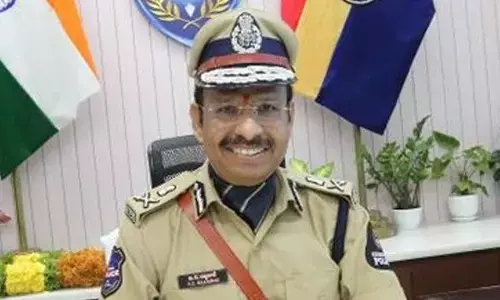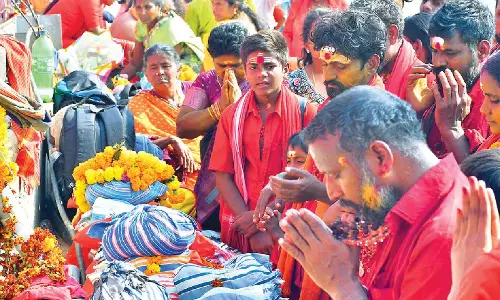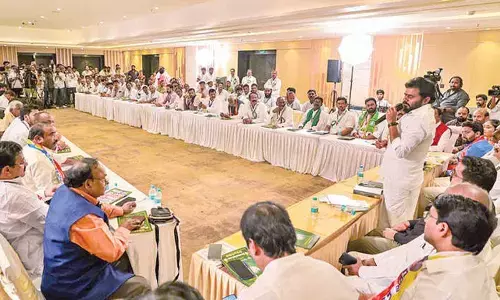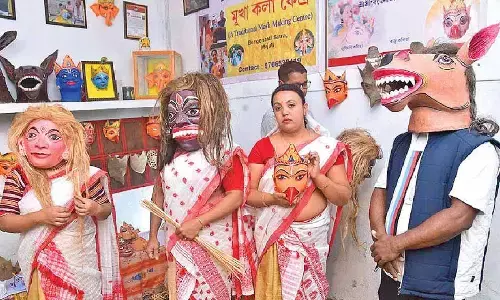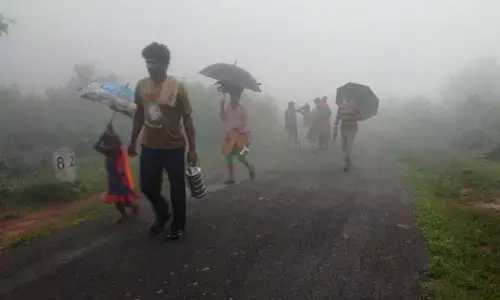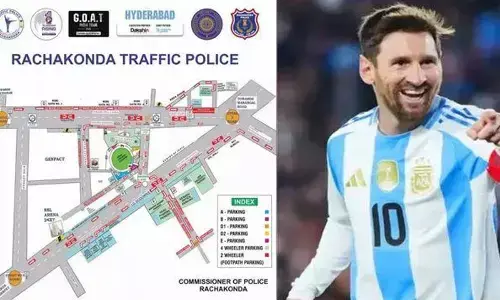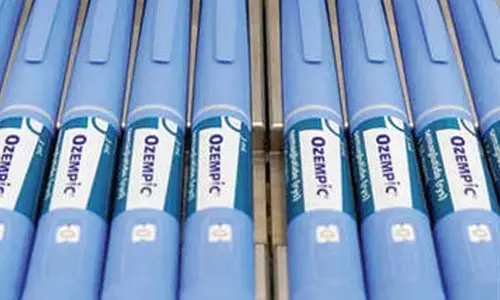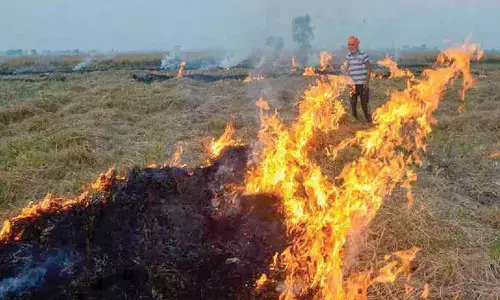Need to define status of our armed forces
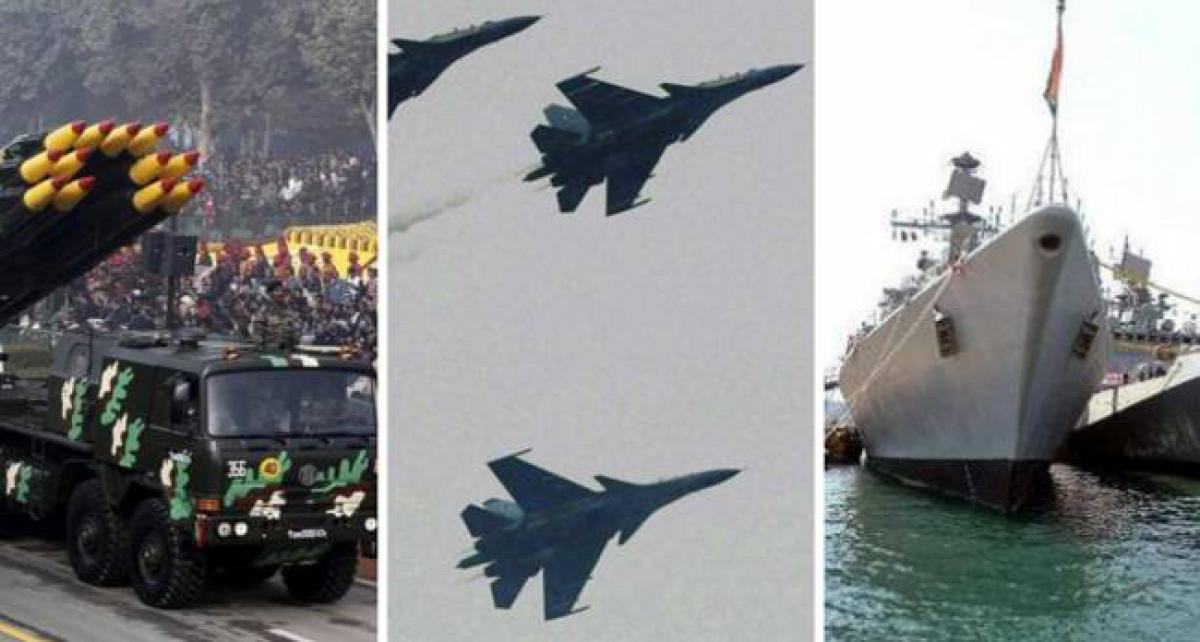
Only a diehard optimist would expect that Indias elected representatives would find the time to reflect on national security But, with Parliament in session, should the improbable come to pass, here are some suggestions
Only a diehard optimist would expect that India’s elected representatives would find the time to reflect on national security. But, with Parliament in session, should the improbable come to pass, here are some suggestions.
Each threat and challenge to India's national security in the past 70 years has arisen not just due to the continued indifference of its political leadership but also its inability to learn from past mistakes. While the downward spiral of the defence budget (in real terms) and galloping asymmetry vis-à-vis China are causes for alarm, far more worrisome is the absence of a vision that could trigger remedial processes.
In case of the Ministry of Defence (MoD), since the military has been deliberately excluded, crucial defence matters are, by default, left to personnel of the administrative, accounts and other civilian cadres who run the show. This uniquely Indian concatenation is definitely not the best way of managing national defence.
Material and organisational shortcomings in our national security, periodically highlighted by the CAG or Parliamentary Committees, attract fleeting public and media attention, which dissipates after rhetorical government responses. However, an area with grave but hidden implications for national security is: Civil-military relations (CMR) whose crucial significance seems to have eluded India's post-independence rulers.
A key feature of current CMR in India is the huge perceptional gap that exists between the two sides. While the political and bureaucratic establishments see nothing amiss and have remained staunch upholders of the "status quo"; the military and veterans seethe with dissatisfaction at an increasingly asymmetric and deliberately contrived civil-military equation.
The most worrisome impact of this dissonance is the MoD's functioning. By stubbornly resisting integration of Army, Navy and Air HQs with MoD, the bureaucracy has denied itself readily-available professional advice and the ministry, some badly-needed decision-making ability. Proof of the system's ineptitude is to be found in the languid manner it discharges its primary function of equipping the forces.
Procurement of simple but urgently needed items, like rifles, helmets and bullet-proof jackets for soldiers takes 8 to 10 years; while major weapon-systems can take anything from 15 to 30 years. Hardware acquisition programmes from abroad, as well as indigenous projects like the Tejas fighter, Arjun tank and Kaveri turbo-jet have remained in limbo for decades, for want of decision-making.
The government may downplay this dysfunctionality, but voids in our military capability are obvious and have visibly eroded our credibility as a significant power. While some aspects of CMR impinge directly on India's national security, there are many consequences of this discord that have implications elsewhere.
Among these are the military's push-back after every Pay Commission award and the acrimonious negotiations that follow; the protracted veterans' public agitation for "one-rank-one-pension" and frequent tussles about rank-equations with civilian cadres. Controversies related to opening of cantonments to the public and politicisation of "surgical strikes" have further muddied the waters. In the furore surrounding these debates, few have reflected on the roots of the persistent malady that afflicts CMR.
The division of the armed forces, in 1947, was accompanied by a hurried reorganisation of the imperial defence structure to suit the new republic's needs. During this turmoil, the military leadership remained ignorant of a significant development that originated from the civil side.
The armed forces HQs, instead of being merged with the MoD, or being designated "department(s)" of MoD, were reduced to "attached offices" and made subaltern to the Department of Defence (DoD). This automatically placed a layer of bureaucracy between the military and the politician and replaced "civilian (political) control" by de facto "bureaucratic control".
This "act of commission," a fatal flaw in our national security matrix, was followed by an equally damaging "act of omission" – the failure of the new Indian State to accord recognition to the functions and status of its armed forces. The IAS and IPS (to be joined, later, by the Indian Forest Service) were created as All India Services by Article 312 of the new Constitution.
Another category known as the Central Civil Services, consisting of 89 Groups A and B services, that provide the huge government bureaucracy, was inherited from the Empire. However, the functions, responsibilities and status of the armed forces, their chiefs and senior functionaries, found no mention in the Constitution, any Act of Parliament or even the Government of India (GoI) Rules of Business, created in 1961.
This absence of recognition and lack of defined status has worked to the detriment of India's military. Successive Pay Commissions, using whimsical equivalences, have depressed the armed forces, in terms of emoluments (and consequently status), relative to the All India Services as well as the Central Civil Services.
Since eight of the latter were created to render support to the military, this has led to severe hierarchal problems. The chiefs receive perfunctory attention from politicians and bureaucrats because they have no locus standi in the edifice of the GoI. It is the Secretary DoD who, by Rules of Business, represents the three Services. This iniquity has stimulated a steady deterioration in CMR over the past decades.
It is inappropriate that the Service Chiefs, responsible for safeguarding national sovereignty on land, at sea and in the air, should be denied recognition by the State, and remain "invisible" in the MoD. (The author is a former Indian Navy Chief and Chairman, Chiefs of Staff Committee. The views expressed are personal. The article is in special arrangement with South Asia Monitor)
By Admiral Arun Prakash (Retd)








